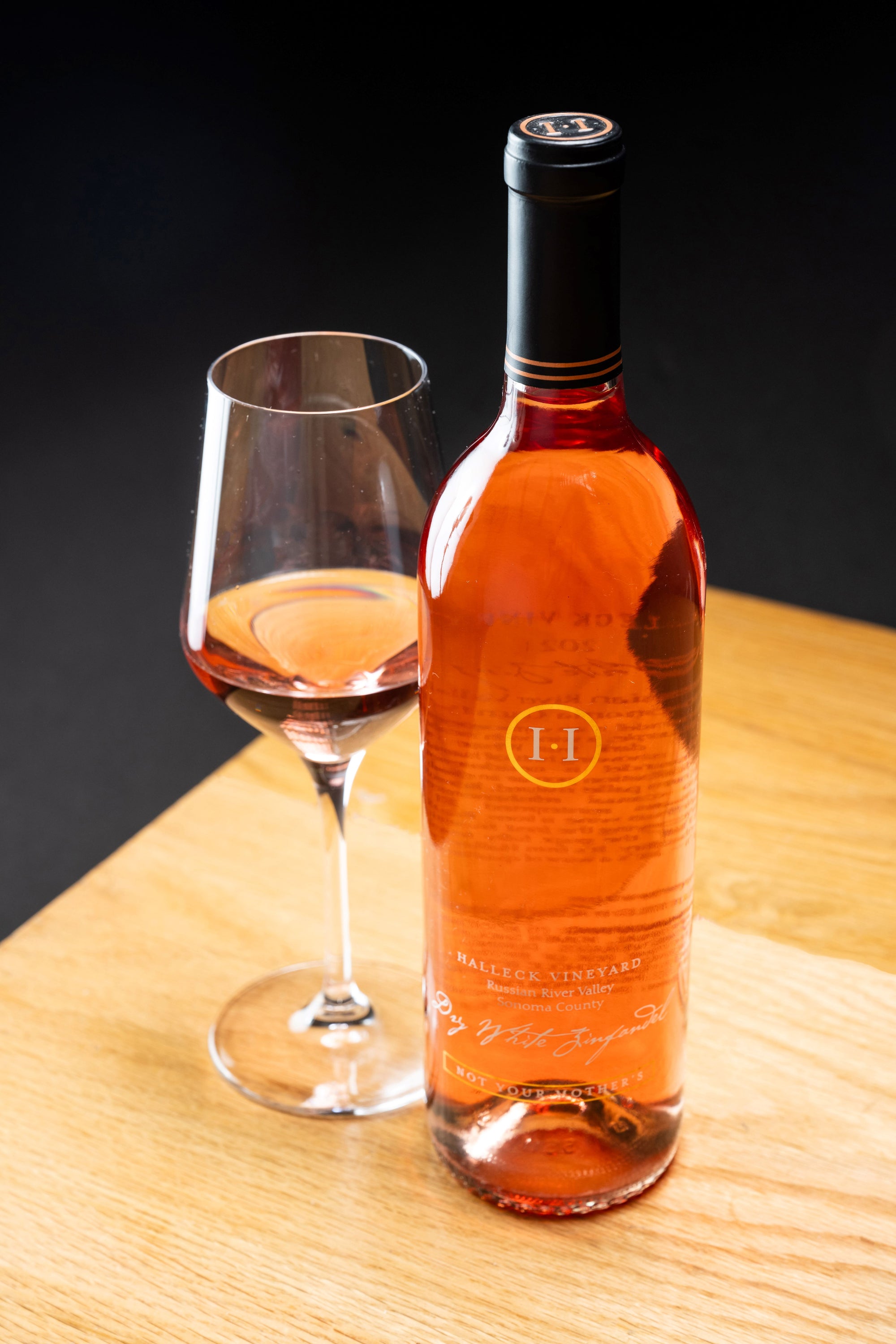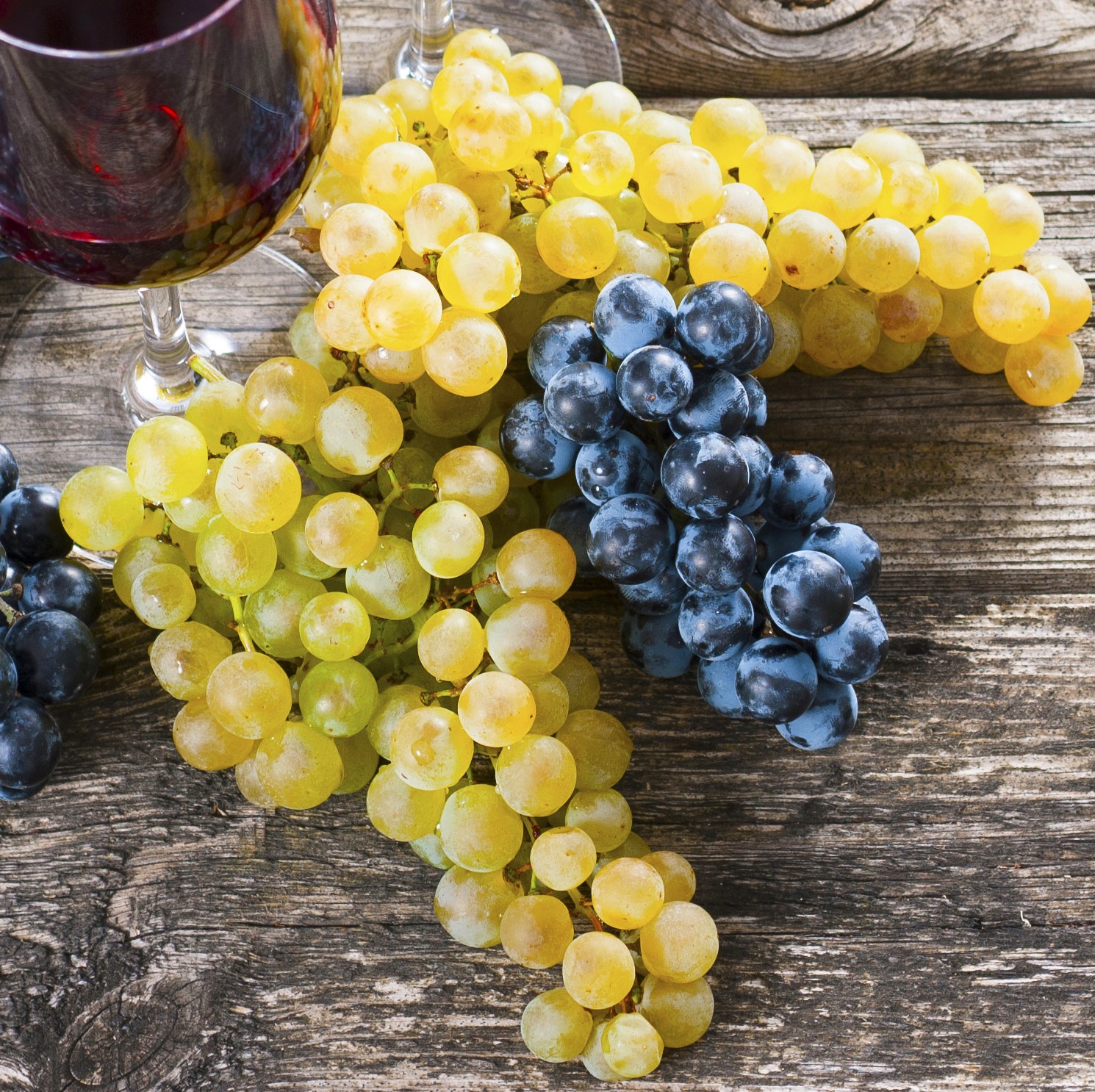Wineries Producing Pinot Noir And Chardonnay - Vines And Views In Sonoma Wine Country
Wineries Near Highway 12 - Exploring Sonoma's Wine Landscape
Experiencing the world of wine is much more than just tasting a beverage; it invites a sensory exploration that engages both the palate and the sense of scent. Studying about aromas and flavors in winery wine tasting could be one of the delightful and educational activities for any wine enthusiast. Wineries That Offer Barrel Tastings. Each glass of wine tells a narrative, influenced by the grape selection, the techniques used in its production, and the setting in which the wine is cultivated.
When attending a wine tasting at a winery, it’s essential to strategy the experience with an open thoughts and a willingness to interact all of your senses. Your main focus may be the wine in your glass, but the context—the ambiance of the vineyard, the presentation of the wine, and the company—adds layers to the experience. Participating with the aromas and flavors will enrich your understanding and appreciation of every variety.
Wineries Offering Educational Wine Seminars - Wineries To Explore In Sonoma Valley
Beginning with the aromas, they're often the primary interaction that unfolds when a wine is poured. By swirling the glass gently, you introduce air, permitting the wine's risky compounds to launch. The power of smelling wine lies in its capacity to evoke reminiscences and emotions, making it an integral a part of the tasting process. It is curious how certain scents can transport us to completely different moments in time or recall sensory experiences from our past.
Frequent descriptors like fruity, floral, spicy, or earthy could be a good start line (Good Wineries For Large Groups In Sonoma Valley). A significant factor in recognizing these aromas lies in the individual’s capacity to connect scents with experiences. For occasion, the aroma of a Sauvignon Blanc might remind one of freshly minimize grass or ripe gooseberries. Another particular person may focus on the citrus notes, perceiving hints of lemon or lime.
Once you've identified the aromas, the next step is tasting. As with inhaling aromas, tasting wine includes more than simply the bodily act of sipping. When you taste the wine, let it linger in your mouth, permitting the varied flavors to disclose themselves progressively. The first striking impression could be the extent of sweetness, acidity, or tannin. As you delve deeper, you will discover layers of complexity.
Flavor profiles in wine are influenced by a quantity of elements, including temperature, growing older process, and the type of barrel used during maturation. For example, oaked wines can usually introduce flavors of vanilla, toast, and spice, while stainless-steel-aged wines may current a crisper and cleaner taste.
Breathtaking Views From Sonoma Wineries - The Beauty Of Sebastopol Wineries
As you broaden your familiarity with totally different wine regions, learning in regards to the particular terroirs also performs a significant function in understanding the aromas and flavors. Terroir encompasses the environmental factors that influence a crop's phenotype, including geography, geology, and local weather. Grapes grown in cooler climates might produce wines with greater acidity and brighter fruit flavors, while those harvested in warmer areas typically yield fruit-forward wines with a full-bodied mouthfeel.
Partaking in winery wine tastings permits you to explore blends and single varietals, deepening your appreciation for the skill involved in producing distinctive wines. Understanding that winemakers often combine completely different grape varieties to attain a balanced flavor profile can add curiosity to your experience. The harmonious blending of aromas and flavors is akin to a well-composed piece of music, making a symphony for the senses.
Wine tasting is not merely a monologue however a dialogue. Participating with sommeliers or educated guides can provide useful insights that enhance your understanding of what you are tasting. They can share tales in regards to the winery, production strategies, and the nuances of various varietals that you may not have considered. This interactive dimension adds to the enjoyment and facilitates a more enriching experience.
Hidden Gem Wineries In Sonoma County - Wine Tasting At Sonoma Vineyards
Whereas the technicality of wine tasting can appear overwhelming, it typically helps to maintain an open demeanor when assessing aromas and flavors. Every person’s palate and sense of scent are unique. Thus, there is no ‘right’ or ‘wrong’ reply when figuring out scents and tastes. Being comfortable with your own interpretations fosters a fun and relaxed atmosphere conducive to learning.
Taking Part in tastings throughout various wineries can create a broader understanding of different styles and preferences. Related grapes from different regions can portray contrasting flavors because of variations in soil, climate, and winemaking techniques. Traveling to vineyards, meeting local producers, and sampling their wines can present an intimate glimpse into the artistry involved within the winemaking course of.

The pairing of wine with food is another exciting dimension to explore. Understanding how the flavors in food can work together with the wine to either complement or you could look here contrast with one another is a skill price developing. A good rule of thumb is to contemplate the weight and intensity of the dish. For occasion, a daring Cabernet Sauvignon is often a basic alternative for wealthy, meaty dishes, whereas a light Pinot Grigio could pair splendidly with recent salads or seafood.
Conversations around wine are enriched by studying about current events in the wine trade. Sustainable practices, organic farming, and advances in winemaking can form the flavors and aromas of future vintages. Partaking with these subjects during tastings opens discussions about evolution and innovation in the field.
Wineries Ideal For Large Groups - Sonoma Wineries With Vineyard Views
In conclusion, the journey of learning about aromas and flavors in winery wine tasting is a multilayered experience. By using all the senses, being open to new interpretations, and collaborating in discussions, each particular person can enhance their connection to wine. The nuances of style, intertwined with personal experiences and environmental influences, create a fancy but lovely world that awaits exploration. As you continue to savor every glass, do not neglect that the aromas and flavors tell a story that's ever-evolving, very like the winery from which they originate.
- Exploring the relationship between the grape variety and the distinct aromas and flavors it produces within the last wine can enhance the tasting experience.
- Noting the influence of terroir, together with soil composition and climate, helps to understand how these components contribute to the distinctive profile of each wine.
- Participating the senses by identifying scents such as fruit, floral, or natural notes adds depth to tasting notes and assists in developing a extra refined palate.
- The fermentation and growing older processes can drastically alter the aromatic and flavor traits, providing perception into the winemaking techniques employed.
- Pairing wines with particular foods throughout tasting can illuminate how flavors interact, enhancing each the wine and the dish via complementary or contrasting profiles.
- Participating in guided tastings led by educated sommeliers can deepen understanding of wine complexity and promote appreciation of delicate nuances.
- Practicing aroma recognition with scent kits permits tasters to train their noses, improving the ability to discern and articulate various perfume notes present in wines.
- Documenting personal tasting notes may help to track preferences over time and facilitate conversations with business professionals about particular person wine journeys.
- Understanding how decanting and aeration can influence the aromatic profile and flavor launch of a wine can elevate the tasting experience to new heights.
- Learning about the impact of vintage variations on wine character permits enthusiasts to understand how climate situations influence aroma and style year after year.
What are the first aromas and flavors I should count on in winery wine tastings?

In winery wine tastings, you probably can sometimes expect to identify various major aromas corresponding to fruits (citrus, berries, stone fruits), floral notes, and generally earthy or natural scents. Flavors often replicate these aromas and might range from sweet to tart, with further complexity from oak aging or fermentation characteristics.
Vineyard Tours With Guided Tastings In Sonoma - Exploring The Vineyards In Sonoma County
How can I enhance my capability to determine totally different aromas in wine?
To enhance your ability to establish aromas in wine, practice smelling various foods and spices to create a psychological library of scents. Contemplate investing time in aroma kits designed for wine tasting, as they might help you be taught and recognize specific notes usually found in several wines.
What techniques can I use for a more gratifying wine tasting experience?
Start by observing the wine’s shade and clarity, then gently swirl it to release aromas earlier than taking a deep sniff. Take small sips to identify flavors and consider assessing the wine's finish or aftertaste. Sharing your ideas with others on the tasting also can improve your experience.
Good Wineries For Large Groups In Sonoma Valley - The Charm Of Sonoma Wineries
Is it essential to have prior data of wine to enjoy a winery tasting?
No prior data is important to enjoy a winery tasting. Many wineries provide guided tastings that present background data on the wines being sampled. Really Feel free to ask questions and categorical your opinions—this engagement will improve your learning experience.
Why do some wines have more complex aromas and flavors than others?
(Intimate Wine Tasting Experiences In Sonoma)
Wineries That Host Harvest Festivals - Top-Rated Wineries In Sebastopol
Wines with more complicated aromas and flavors usually benefit from elements similar to grape variety, vineyard location, local weather, and winemaking techniques. Additionally, the getting older course of can introduce new layers of complexity, permitting wines to develop distinctive characteristics over time.
What should I do if I wrestle to identify particular aromas in wine?
Small Batch Wineries In Sonoma Valley - Sonoma’s Lush Vineyard Landscapes
If you battle to identify particular aromas, don’t be discouraged. Take your time and focus on broader categories of scents before narrowing down your observations. Training frequently, asking for suggestions, and utilizing aroma wheels or reference supplies can even assist improve your skills.
How does food pairing influence the aromas and flavors of wine throughout tastings?
Top Rated Wine Experiences In Sebastopol - Sebastopol Wine Country
Food my link can considerably affect the way you perceive aromas and flavors in wine. Certain foods can improve or mute specific style traits, resulting in completely different experiences. Experimenting with varied food pairings throughout a tasting can deepen your understanding of a wine’s profile.
Are there any etiquette tips I ought to comply with when collaborating in a winery tasting?
Wineries Providing Guided Vineyard Walks - Wineries With Outdoor Tastings In Sebastopol
Yes! Etiquette throughout a winery tasting contains being respectful to guides and staff, taking small sips, and not overpowering the conversation with personal opinions. It’s also courteous to finish your samples rather than pouring excess out, and don't forget to thank the employees for their insights.
What is the difference between a wine's aroma and its bouquet?
Wine aroma sometimes refers back to the scents derived immediately from the grape varietals used, whereas bouquet refers to the complicated aromas developed through the growing older course of, notably in barrel. Understanding this distinction can improve your appreciation for different elements of wine tasting.